Transcription of DRAFT PROTOCOL FOR SYSTEMATIC REVIEW TO EVALUATE …
1 DRAFT PROTOCOL FOR SYSTEMATIC REVIEW TO EVALUATE THE EVIDENCE FOR AN ASSOCIATION BETWEEN BISPHENOL A (BPA) EXPOSURE AND OBESITY April 9, 2013 Office of Health Assessment and Translation (OHAT) Division of the National Toxicology Program National Institute of Environmental Health Sciences This DRAFT PROTOCOL is being disseminated to obtain public comment. It does not represent and should not be construed to represent final NTP determination or policy. DRAFT (April 9, 2013) i TABLE OF CONTENTS STEP 1: Prepare the topic .. 1 Background.
2 1 Objectives .. 2 Eligibility criteria for considering studies for this REVIEW .. 3 Types of studies .. 3 Types of participants and model systems .. 3 Types of 3 Types of outcomes .. 3 Types of publications .. 4 STEP 2: Search for and select studies for inclusion .. 6 Electronic searches .. 6 Databases to be searched .. 6 Ongoing Trials databases .. 6 Searching other resources .. 7 Handsearches .. 7 Grey literature and public request for information .. 7 Duplicate citations .. 8 Screening studies for eligibility .. 8 Planned interim analyses.
3 11 STEP 3: Extract data from studies .. 11 Data extraction and management .. 11 Summarizing study design, experimental model, methodology, and results .. 12 STEP 4: Assess quality of individual studies .. 17 Human and animal studies .. 17 Determining Tiers of Study Quality .. 22 In vitro studies .. 25 Data Display .. 25 Software used for data management, analysis, and display .. 25 STEP 5: Rate confidence in body of evidence .. 35 Planned interim analyses .. 36 Initial confidence based on study design .. 40 Domains that can reduce confidence.
4 40 Risk of bias across studies .. 40 Summary of risk of bias ratings .. 40 Consideration of whether to downgrade confidence based on risk of bias .. 42 Unexplained inconsistency .. 43 Planned interim analyses .. 44 Directness and applicability .. 47 Consideration of dose or exposure level .. 47 DRAFT (April 9, 2013) ii Planned interim analyses .. 47 Tabular summary of guidance for evaluating directness .. 49 Imprecision .. 49 Publication bias .. 51 Domains that can increase confidence .. 52 Large magnitude of association or effect .. 52 Dose-response.
5 53 Plausible confounding or other residual biases that would increase our confidence in estimated 56 Consistency across study types, experimental model systems, or populations .. 56 Other .. 57 Combine confidence conclusions for all study types and multiple outcomes .. 57 STEP 6: Translate confidence ratings into evidence of health effect conclusions .. 58 STEP 7: Integrate evidence to develop hazard identification conclusions .. 59 Assessment of biological plausibility provided by supportive evidence .. 61 Peer- REVIEW .. 64 REVIEW Team.
6 64 Author declarations of interest .. 64 Sources of support .. 64 Technical advisors .. 64 PROTOCOL history & revisions .. 65 References .. 65 Appendices .. 71 DRAFT (April 9, 2013) 1 DRAFT PROTOCOL FOR SYSTEMATIC REVIEW TO EVALUATE THE EVIDENCE FOR AN ASSOCIATION BETWEEN Bisphenol A (BPA) EXPOSURE AND OBESITY National Toxicology Program (NTP), Office of Health Assessment and Translation (OHAT), National Institute of Environmental Health Sciences (NIEHS) STEP 1: PREPARE THE TOPIC Background Rationale for topic The rise in obesity is a major threat to public health in the US and abroad (CDC 2012; IASO 2012; Ogden and Carroll 2010; WHO 2011a).
7 Research addressing the role of environmental chemicals in obesity has rapidly expanded in the past several years (Heindel and vom Saal 2009; Janesick and Blumberg 2011; NTP 2011; Thayer et al. 2012). The May 2010 White House Task Force on Childhood Obesity (2010) and the March 2011 NIH Strategic Plan for Obesity (2011) acknowledge the growing science base in this area and cite the need to understand more about the role of environmental exposures as part of identifying future research and prevention strategies. To help assess the science in this area OHAT is conducting a SYSTEMATIC REVIEW to EVALUATE the association between exposure to bisphenol A (BPA) and obesity based on the growth in the literature base over the past several years and public interest in this topic (Blue 2013; Kristof 2013; Szabo 2012).
8 To our knowledge a SYSTEMATIC REVIEW on this topic has not been conducted and obesity as a health outcome has not been addressed in other safety evaluations of BPA. Use of PROTOCOL as a case study to assess the DRAFT Office of Health Assessment and Translation Approach for SYSTEMATIC REVIEW and Evidence Integration for Literature-Based Health Assessments (February 2013) OHAT is conducting two case studies to test implementation of the revised DRAFT Office of Health Assessment and Translation Approach for SYSTEMATIC REVIEW and Evidence Integration for Literature-Based Health Assessments (February 2013) 1 (HHS 2013) and this is the DRAFT PROTOCOL for 1 of the 2 case studies.
9 The other 1 The approach described in the DRAFT document is based on guidance from the Grading of Recommendations Assessment, Development and Evaluation (GRADE) Working Group (Guyatt et al. 2011a), a framework applied most often to EVALUATE the quality of evidence and strength of recommendations for health care intervention decisions based on human studies (typically randomized clinical trials). The appeal of the GRADE framework is that it is (1) widely used (Guyatt et al. 2011f), (2) conceptually similar to the approach used by the Agency for Healthcare Research and Quality (AHRQ 2012) for grading the strength of a body of evidence of human studies, and (3) the Cochrane Collaboration has adopted the principles of the GRADE system for evaluating the quality of evidence for outcomes reported in SYSTEMATIC reviews (Higgins and Green 2011).
10 However, none of these existing frameworks (GRADE, AHRQ, and the Cochrane Collaboration) address approaches for considering animal studies or in vitro studies. In addition, the guidance provided by GRADE, AHRQ, and the Cochrane DRAFT (April 9, 2013) 2 PROTOCOL is entitled SYSTEMATIC REVIEW to EVALUATE the evidence for an association between perfluorooctanoic acid (PFOA) or perfluorooctane sulfonate (PFOS) exposure and immunotoxicity. These two case studies will be conducted as guidance for whether changes are needed in the revised framework.
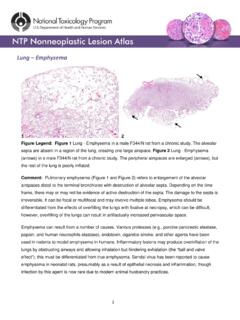
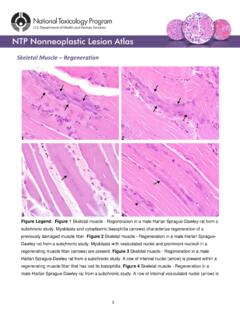

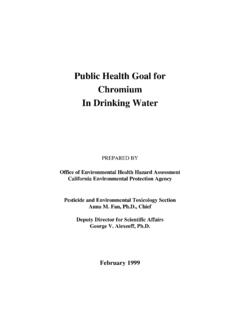
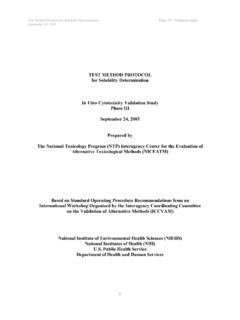

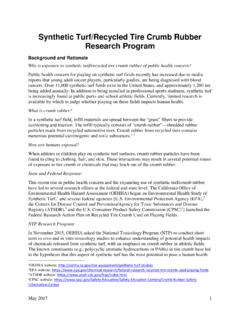
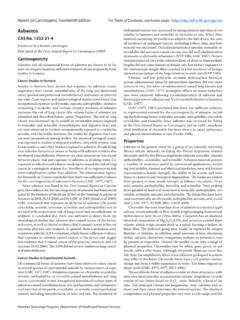
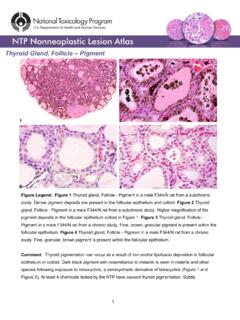
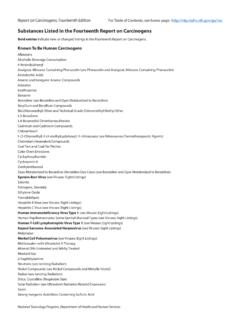
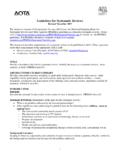



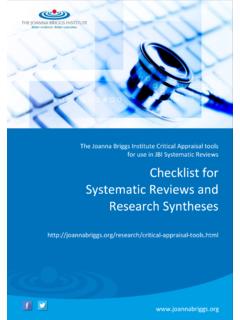
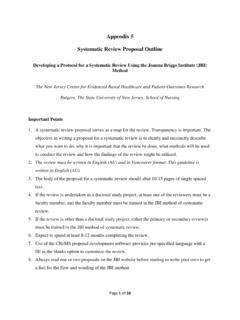

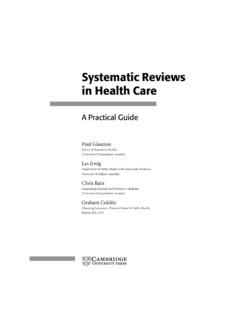

![CRITICAL REVIEW FORM FOR SYSTEMATIC REVIEW: [CEBM]](/cache/preview/2/2/f/b/9/f/2/5/thumb-22fb9f2529cb78d27438665a08649ca0.jpg)